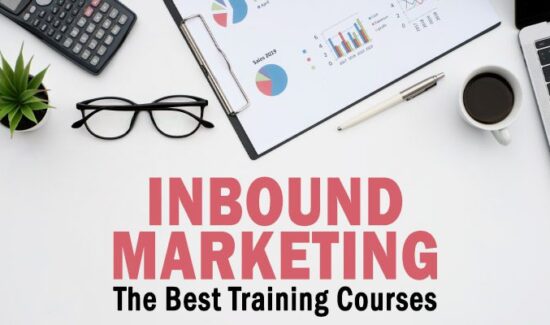Create a Winning Digital Marketing Strategy Using These Four Steps

A digital marketing campaign without a strategy is like a construction project without blueprints. You won’t have any idea what you’re doing and the end result probably won’t have a solid enough foundation to support itself for long. These strategies help organizations outline their campaigns so they always know what their marketing flow should look like.
Designing a digital marketing campaign is one of the most important things a company can do to improve their marketing. We’ve put together a guide to creating an effective digital marketing strategy to help you boost returns from your campaigns.
Setting goals
The first step to take is during the campaign creation process. When devising a digital marketing strategy, organizations should establish the goals for the campaign. These goals should tie into both the present and future of the business.
For example, if your business wants to achieve more monthly sales (and who doesn’t?), one of the key tenets of your strategy should be to attract and convert new prospects. You can study the analytics from previous campaigns to determine ways to improve on your previous strategies.
Framing the ideal buyer
A good way to decide on your goals is to construct an ideal buyer that your digital marketing campaign should be designed for. This is useful not only for giving you an idea of who your campaign should target, but also how your campaign’s content should be designed.
To construct the ideal buyer, you’ll need some information on what you believe your potential customers will be like. Figure out the demographics that are most important for your ideal buyer, including their gender, age, job title and income level. If you want to model your campaign towards 40+ year old men, for example, you can design your content to appeal to that audience base. Putting this information together will give you a profile of the buyer you want to tailor your marketing campaign for. This is an essential part of successful digital marketing strategy as it gives you a model case to build your content around.
Marketing funnels
Another essential thing to consider is keeping a marketing funnel that is clear and simple to follow. A marketing funnel is the process that a prospect takes to become a customer, starting from their introduction to your company to the final sale. It should be clear to you how your marketing funnel works so you can identify where a prospect is in the process of buying. It should also be clear to your buyer what the next step for them is when you begin the campaign.
There are different variations on what a marketing model looks like, but a basic structure works like this:
- The first step is awareness, where the lead becomes aware of you and your service. This is where you make your introduction and let the prospect know where they can find information they need to evaluate you.
- The second step is interest, where the lead indicates that they’re interested in the service you provide. Your main task here is to supply them with the knowledge of how your product can help them solve their particular problem.
- The third step is desire, where the lead determines that they want the kind of product you provide; this is where you convince them why your product is the best fit for them.
- The fourth step is action, where the lead is ready to purchase. This is the time to finalize the sale and turn them into a customer.
Keep in mind that this is not the only marketing funnel out there, so your model should remain flexible. It is also possible that you can customize the funnel for your particular vertical or consumer conditions. For instance, your company might want to plan the steps for keeping a customer’s loyalty after a sale. If your marketing funnel is clearly defined, you’ll always have the process you need to take in mind.
Putting it all together
When you’ve laid out a marketing funnel, you should consider how your ideal buyer will act at every stage of the buying process. Know how to guide an interested buyer along so you can quickly and efficiently close a sale. But don’t just consider what kind of buyer will easily be brought down the funnel – you should also make a plan to address buyers who are hesitant or have doubts. Think of common questions or complaints that a buyer might make; you can draw from any previous ones you’ve received from prospects in the past, especially ones that you didn’t convert.
Once you put all of this together, your digital marketing strategy has a solid foundation. It should clearly outline all the necessary steps that need to happen for you to convert a lead, and from this outline you’ll have a plan to follow when your team goes after prospects. Without a strategy in place, your marketing campaign has the chance to fall apart – if you have a plan to follow, you’ll at least know where your campaign is failing and can figure out solutions to specific marketing issues.























